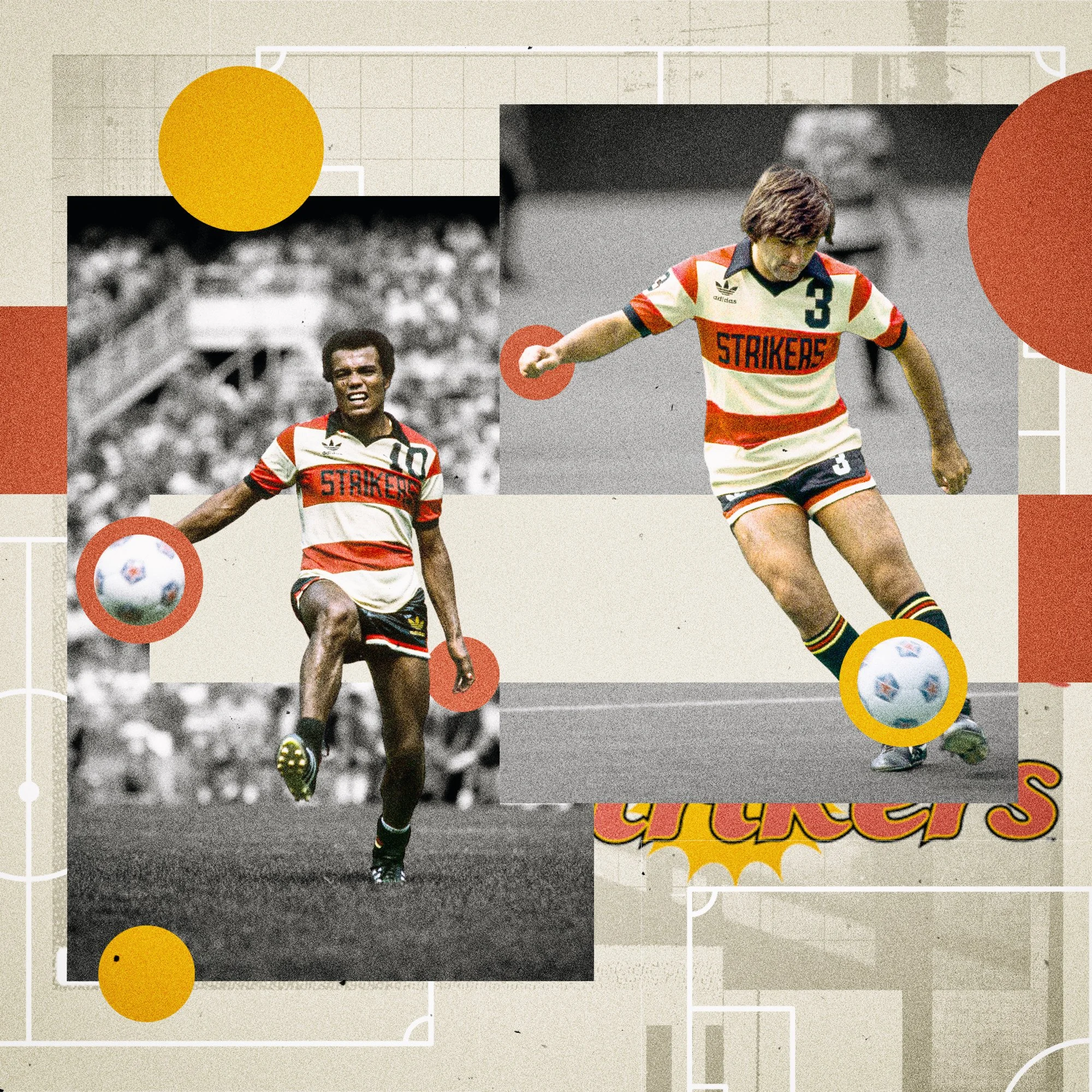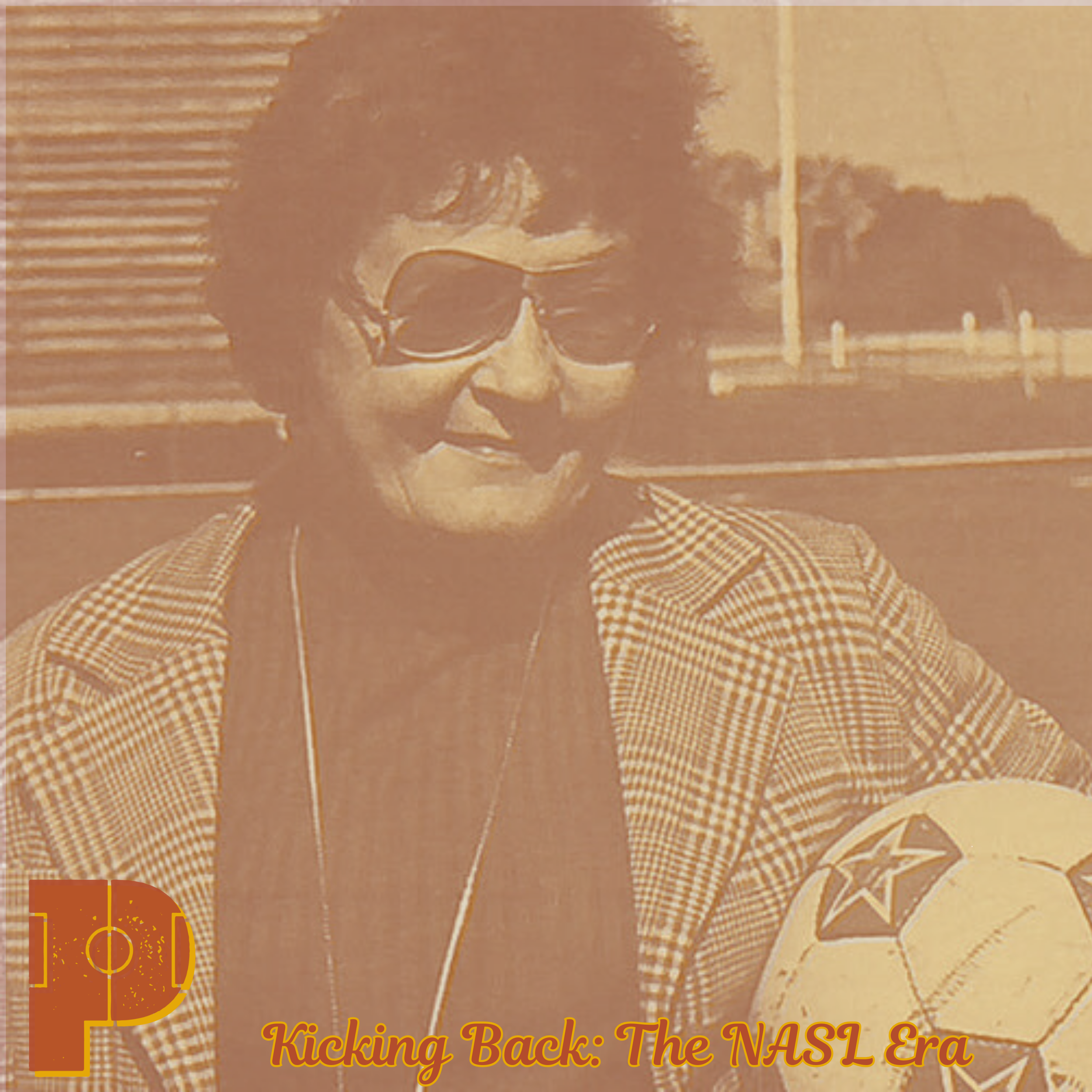Kicking Back: The History of Ft Lauderdale Strikers - Part One
I’ve spent the last twenty years writing football nostalgia. One would think that with two decades in, that some things would change about my writing. As I get older, I really miss the olden days of the eighties and nineties. While that was a dead period for soccer in the States, the Classic NASL was still in the minds of others.
Writing football nostalgia was seen as strange from 2005 to 2015. Eventually, people got the idea, you could make money out of it and it exploded. That brings us back to the Classic NASL. Too many people retell the stories of Cosmos, the Cascadia region, and the Tampa Bay Rowdies. There are more stories and clubs beyond that, and that’s what I plan to do with this series. We are going to talk about each club save for the Cosmos, Cascadia, and Tampa. The good, the bad, the weird, and the ugly. This is your series, I want to know who want to hear about.
One of the better clubs in the old North American Soccer League was the Fort Lauderdale strikers. The Strikers didn’t start out in Fort Lauderdale, in fact they went through many name changes, and a couple moves., they left the northern confines for the warmth of Florida The franchise was originally known as the Washington Britannica, in 1963 it was an amateur side. After a name change to the Darts, the club joined the legendary American Soccer League, winning back-to-back titles in 1968 and '69. At the turn of the 70’s the Darts jumped to the shaky North American Soccer League. Their first year in the league, they’d finish second to fellow ASL deserters the Rochester Lancers for the NASL Title.
In fact in 1972, the team moved south and changed their name again, this time to the Miami Gatos, and this was one of the few seasons they finished in a bad spot, bottom of the league. Fort Lauderdale was looking for Major League sports in the mid-1970s, they were in the running for the NBA’s Buffalo Braves, before they were moved to San Diego, becoming the Clippers. They also were looking at World Hockey Association clubs to play in the Hollywood Sportatorium. Eventually, they settled on the Miami Gatos.
Elizabeth Robbie was the first female owner of a professional soccer team in North America.
They were bought by Miami Dolphins owner Joe Robbie, who gave his wife Elizabeth the job as being the face of the club. In 1978 they finished in 5th place. 1973 produced another name change, this time to the Toros, playoff berth and league MVP to Warren Archibald. Next year was their best until 1980, when in 1974 when they improved by one win, coach of the Year to John Young, a place in the championship game against the LA Aztecs, but missing out on the title. This was the Aztecs team before Cruyff and Best came out to play.
It wasn’t like the Strikers were some also ran team, which tried to have some players from the local market. They had legends, people like Ray Hudson, Jan van Beveren, George Best, Gerd Muller, and former English national team goalkeeper Gordon Banks. Of course, you can’t forget about Nene Cubillas. Cubillas, Best, van Beveren, and Muller would all join the club after 1977, but would make a large impact on the sport.
The NASL had been making and changing rules to the game, making the overlords at FIFA angry every year. However going into the 1980 they kept everything similar, even the ones that poked the overlords too much. Such as the 35 yard offside yard line, sudden death overtime, shootout tie breaker, 6-0+3 point system, and the bonus points. This all confused the rest of the soccer world, including coaches who came in. As with anything in the sport at the time, the club on the mind of supporters and the media is the NY Cosmos.
The franchise's next great time was when it reached the Soccer Bowl with coach Cor van der Hart, a Dutch coach. Likewise, the LA Aztecs did the same thing bringing over coach Rinus Michels and Johan Cruyff well after their careers in Europe were over. The Cosmos dispatched the Strikers 3-0 in the championship game. The club pulled in the highest average home attendance during its tenure in Fort Lauderdale, 14,279.
The coach of all of this fun was Cort van der Hart, a Dutch coach, replacing Ron Newman, who would go on to become a legend in the indoor game. While the club was successful on the pitch, the off the field product was very disheveled. In October 1978, the Robbie family hired former NHL player, and minor league executive Bob Lemieux as General Manager. Next Lemieux fired Strikers' coach Ron Newman, the all-time winningest coach in NASL History. He was 52-34 during his three years in Fort Lauderdale, with three consecutive playoff appearances. GM Bob Lemieux died in May of 2025, was well known for his time in Kalamazoo, Michigan winning the Turner Cup in minor league hockey. He also put together the roster in his last season with the Strikers for the 1980 Soccer Bowl season.
Newman for his own part, rounded up a group of investors creating a rival team, the Miami Americans in the 2nd Division for the spring of 1980. Unluckily for Newman, the Americans flopped, and by midseason Newman was back in the NASL with the San Diego Sockers. He would turn them into one of the most iconic franchises in indoor soccer ever.
South Florida was ripe for fandom, in fact Lockhart Stadium, to which the new edition of the Strikers still play in, had to be expanded a couple times, from 8,000, to 11,000, to 15,000. Unfortunately, like most of the NASL, the Strikers ended up closing up shop in Fort Lauderdale at the end of the 1983 season, moving north to Minnesota, where they would only last a year, as the league died in mid 1980’s.
Before we got to that, the Robbies were pushing for upgrades to Lockhart Stadium, and during the early years the city was keen to do it. They added 10,500 seats in renovations between 1977 to 1979. By the start of 1979, Lockart had 19,000 seats, with attendance peaking at 14,279 per match during the Soccer Bowl Season of 1980. The Robbies kept pushing for more enhancements, like all owners do, but the city resisted anything further, while the crowds dwindled in the early 1980s.
The Strikers also played in the indoor league during the wintertime from 1979 to 1981, but never took it seriously. Top players like Gerd Muller, and Teofilo Cubillas skipped out. They did not have a major indoor arena in South Florida, until the Miami Arena was constructed in 1988. The Strikers played their five match indoor schedule at the West Palm Beach Auditorium in 1979/80. The next winter, the Strikers were playing at the Hollywood Sportatorium, where they lost a record 19 consecutive indoor matches between 1979-1981. They sat out the 1981-1982 and 1983-84 indoor seasons since they did not have an arena.
In the early eighties the league shrunk from 24 teams to 12 clubs, and the Strikers attendance dropped by 40% over the first couple years of the eighties. The club had it’s first losing season in 1983. On the final day of the season Elizabeth Robbie said that the club was moving to Minneapolis for the 1984 season. The NASL folded after the 1984 season, but the Minnesota Strikers were able to play for a few more seasons. They joined the Major Indoor Soccer League in 1984, and were folded up by the Robbie family in June of 1988.
Next time, lets talk about the managers the Strikers had. Obviously, we all know about Ron Newman, but what about David Irving, Cort van der Haart. While the Strikers pulled in some great players, it was the managers who helped shape the club to be one of the top five clubs in the Classic NASL. We will also hit on all the managers who came out of the club as well. The Fort Lauderdale Strikers were a big club, and we need more people to know about them.
- by Stephen Brandt


